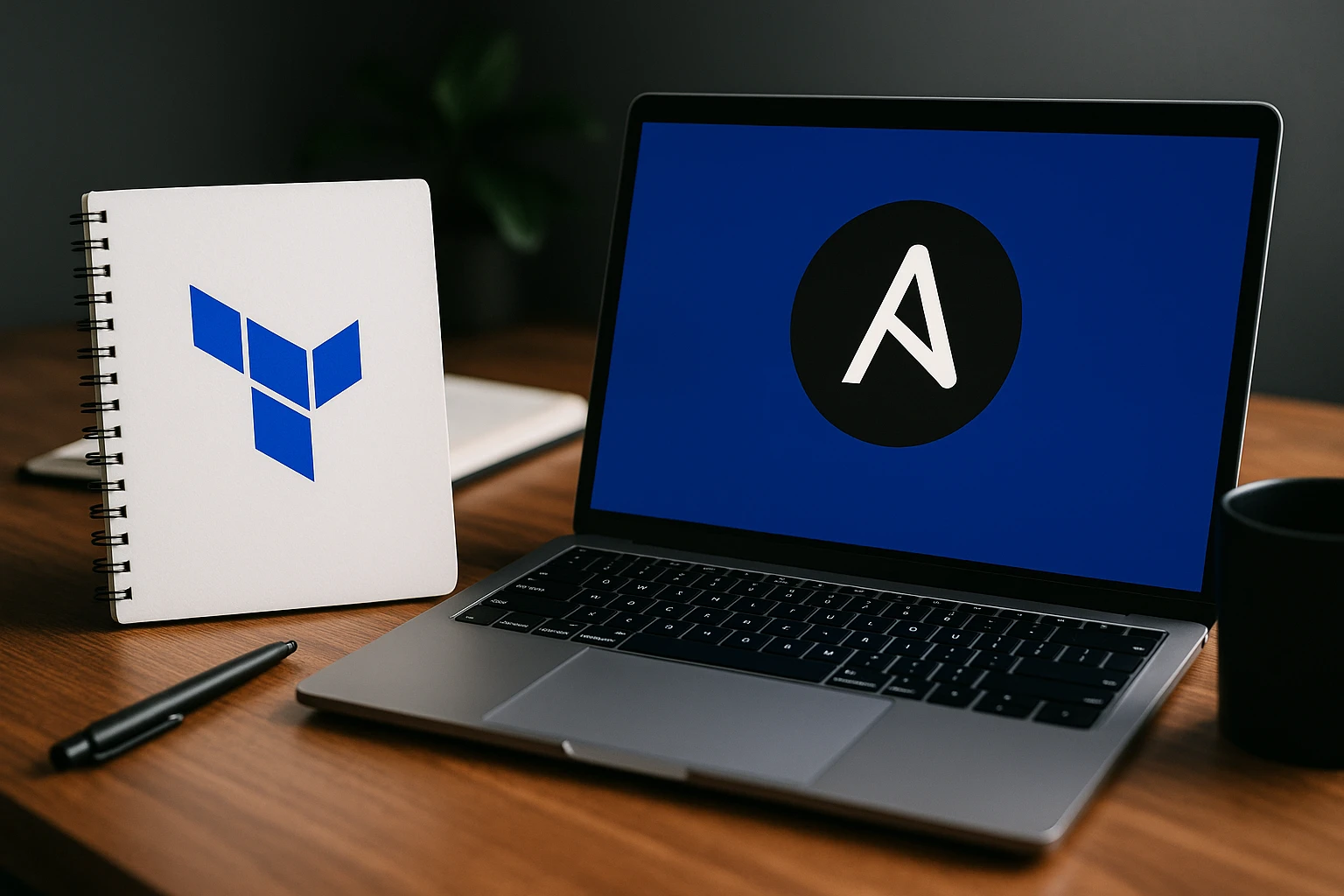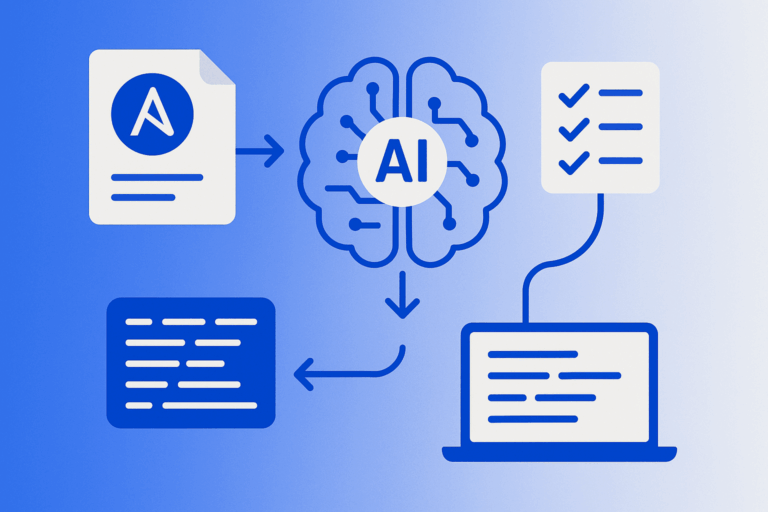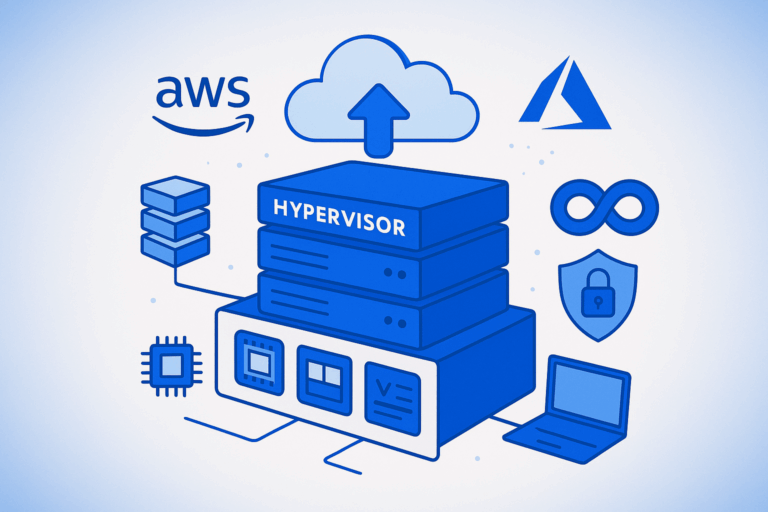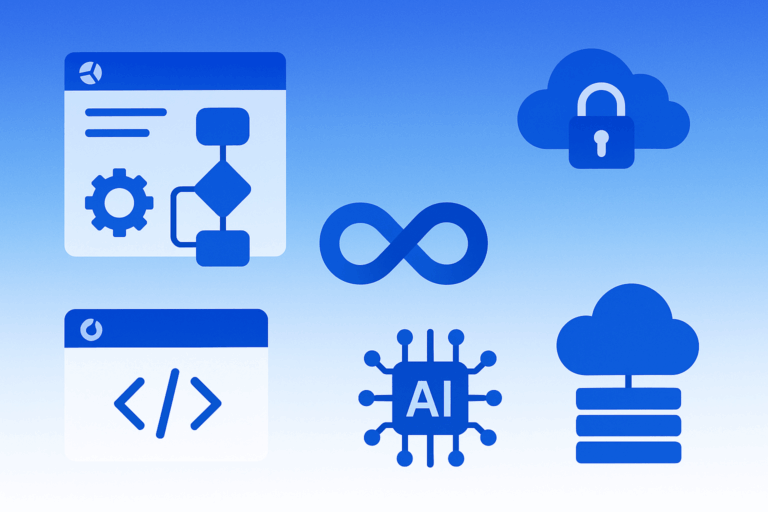Why Terraform is Better Than Ansible

A DevOps Engineer’s Guide 🚀
Introduction: The Infrastructure as Code Revolution
When it comes to terraform and infrastructure automation, every devops engineer faces a critical decision. Should you choose Terraform or Ansible for your Azure Cloud projects?
While both tools serve automation purposes, Terraform emerges as the superior choice for infrastructure provisioning. This comprehensive guide explores why Terraform outshines Ansible in modern cloud environments.

Understanding the Core Differences 🔍
What is Terraform?
Terraform is HashiCorp’s infrastructure as code (IaC) tool. It uses declarative configuration language to define cloud resources.
Key characteristics:
- Immutable infrastructure approach
- HashiCorp Configuration Language (HCL) syntax
- Multi-cloud support including Azure, AWS, and GCP
- State management for tracking resources
What is Ansible?
Ansible is Red Hat’s automation platform. It focuses on configuration management and application deployment.
Primary features:
- Imperative automation approach
- YAML-based playbooks
- Agentless architecture
- Multi-purpose automation tool
Why Terraform Excels: Key Advantages 💪
1. Infrastructure as Code Excellence
Terraform was purpose-built for infrastructure provisioning. Unlike Ansible’s multi-purpose nature, Terraform focuses exclusively on IaC.
Example Terraform Configuration:
resource "azurerm_resource_group" "main" {
name = "terraform-resources"
location = "East US"
}
resource "azurerm_virtual_network" "main" {
name = "terraform-network"
address_space = ["10.0.0.0/16"]
location = azurerm_resource_group.main.location
resource_group_name = azurerm_resource_group.main.name
}2. Immutable Infrastructure Benefits
Immutable infrastructure means resources don’t change after deployment. This approach offers:
- Predictable deployments
- Consistent environments
- Easy rollbacks
- Reduced configuration drift
3. Superior State Management
Terraform’s state management tracks resource relationships and dependencies. This provides:
- Drift detection
- Resource dependency mapping
- Change planning before execution
- Team collaboration through remote state
4. Multi-Cloud Mastery
Terraform supports over 3,000 providers across multiple clouds:
| Cloud Provider | Terraform Support | Ansible Support |
|---|---|---|
| Azure Cloud | ✅ Native | ✅ Via modules |
| AWS | ✅ Native | ✅ Via modules |
| Google Cloud | ✅ Native | ✅ Via modules |
| Kubernetes | ✅ Native | ✅ Via modules |
| VMware | ✅ Native | ✅ Limited |
Real-World Comparison: Azure Cloud Deployment 🌐
Terraform Approach (Recommended)
# main.tf
terraform {
required_providers {
azurerm = {
source = "hashicorp/azurerm"
version = "~>3.0"
}
}
}
provider "azurerm" {
features {}
}
resource "azurerm_resource_group" "web_app" {
name = "webapp-resources"
location = "East US"
}
resource "azurerm_app_service_plan" "main" {
name = "webapp-plan"
location = azurerm_resource_group.web_app.location
resource_group_name = azurerm_resource_group.web_app.name
sku {
tier = "Standard"
size = "S1"
}
}Ansible Approach (Complex)
# playbook.yml
- name: Deploy Azure Web App
hosts: localhost
tasks:
- name: Create resource group
azure_rm_resourcegroup:
name: webapp-resources
location: eastus
- name: Create app service plan
azure_rm_appserviceplan:
resource_group: webapp-resources
name: webapp-plan
location: eastus
sku:
name: S1
tier: Standard
Why choose Devolity
Unmatched Expertise in
Cloud and Cybersecurity
Devolity team of certified professionals brings decades of combined experience in managing complex cloud environments and defending against evolving cyber threats.
01
End-to-End Solutions for Every Business Need
DevOps with Cybersecurity Services: Hybrid/multi-cloud management, cost optimization, and DevOps integration with Risk assessments.
02
Customized Strategies, Not One-Size-Fits-All
We understand every business is unique. Devolity prioritizes collaboration, crafting bespoke solutions aligned with your industry, goals, and risk profile.
03
Proactive Protection with 24/7 Vigilance
Cyber threats never sleep—and neither do we. Devolity Security Operations Center (SOC) offers round-the-clock monitoring, rapid incident response.
Performance and Scalability Analysis 📊
Terraform Advantages
Speed: Terraform’s parallel execution handles multiple resources simultaneously.
Scalability: Enterprise-grade state management supports large infrastructures.
Planning: terraform plan shows changes before execution.
Ansible Limitations
Sequential execution can slow large deployments.
State management requires additional tools.
Complex dependencies need manual ordering.
DevOps Engineer Best Practices 🛠️
1. Infrastructure Lifecycle Management
Terraform excels at complete infrastructure lifecycle:
- Provision resources
- Modify configurations
- Destroy environments
- Version infrastructure changes
2. Team Collaboration
Remote state backend enables team collaboration:
terraform {
backend "azurerm" {
resource_group_name = "terraform-state"
storage_account_name = "terraformstate"
container_name = "tfstate"
key = "prod.terraform.tfstate"
}
}3. Environment Management
Workspaces separate environments:
terraform workspace new production
terraform workspace new staging
terraform workspace new developmentCost Optimization with Terraform 💰
Resource Tagging
resource "azurerm_virtual_machine" "main" {
name = "terraform-vm"
location = azurerm_resource_group.main.location
resource_group_name = azurerm_resource_group.main.name
tags = {
Environment = "Production"
Owner = "DevOps Team"
Project = "Web Application"
CostCenter = "Engineering"
}
}Auto-scaling Configuration
resource "azurerm_monitor_autoscale_setting" "main" {
name = "autoscale-setting"
resource_group_name = azurerm_resource_group.main.name
location = azurerm_resource_group.main.location
target_resource_id = azurerm_virtual_machine_scale_set.main.id
profile {
name = "default"
capacity {
default = 2
minimum = 1
maximum = 10
}
}
}Security and Compliance Benefits 🔐
1. Infrastructure Validation
Terraform validates configurations before deployment:
terraform validate
terraform plan -out=tfplan
terraform apply tfplan2. Policy as Code
Azure Policy integration:
resource "azurerm_policy_assignment" "main" {
name = "security-policy"
scope = azurerm_resource_group.main.id
policy_definition_id = "/providers/Microsoft.Authorization/policyDefinitions/..."
}3. Secret Management
Key Vault integration:
data "azurerm_key_vault_secret" "db_password" {
name = "database-password"
key_vault_id = azurerm_key_vault.main.id
}Migration Strategy: From Ansible to Terraform 🔄
Phase 1: Assessment
- Inventory existing Ansible playbooks
- Identify infrastructure components
- Map dependencies
Phase 2: Conversion
- Convert YAML to HCL
- Implement state management
- Test in staging environments
Phase 3: Deployment
- Gradual migration approach
- Parallel running during transition
- Team training and adoption
Real-World Success Stories 🌟
Case Study: Enterprise Cloud Migration
A global financial services company migrated from Ansible to Terraform for their Azure Cloud infrastructure:
Results:
- 75% faster deployment times
- 90% reduction in configuration drift
- 60% fewer deployment failures
- 50% cost savings through better resource management
Case Study: DevOps Team Transformation
A tech startup optimized their DevOps processes with Terraform:
Outcomes:
- 5x faster environment provisioning
- Zero manual infrastructure changes
- 100% infrastructure versioning
- Improved team collaboration
How Devolity Business Solutions Can Help 🤝
At Devolity Business Solutions, we specialize in optimizing cloud infrastructure with Terraform and Azure Cloud technologies. Our expert DevOps engineers help organizations:
- Migrate from Ansible to Terraform
- Implement infrastructure as code best practices
- Optimize Azure Cloud deployments
- Reduce operational costs through automation
Our proven methodologies ensure smooth transitions and maximum ROI from your cloud investments.
Future-Proofing Your Infrastructure 🔮
Emerging Trends
Cloud-native applications demand modern infrastructure approaches:
- Kubernetes orchestration
- Serverless architectures
- Multi-cloud strategies
- GitOps workflows
Terraform’s Evolution
HashiCorp continues enhancing Terraform:
- Cloud Development Kit (CDK) for familiar programming languages
- Enhanced state management
- Better provider ecosystem
- Improved testing frameworks
Conclusion: Making the Right Choice ✅
While both tools have their place, Terraform emerges as the clear winner for infrastructure automation. Its declarative approach, immutable infrastructure philosophy, and superior state management make it indispensable for modern DevOps engineers.
Key takeaways:
- Terraform excels at infrastructure provisioning
- Immutable infrastructure reduces complexity
- State management ensures consistency
- Multi-cloud support provides flexibility
- Azure Cloud integration is seamless
For organizations serious about infrastructure as code, Terraform represents the future of cloud automation.
Ready to optimize your cloud infrastructure? Contact Devolity Business Solutions today and discover how Terraform can transform your Azure Cloud deployments.
Useful Resources 📚
- Terraform Official Documentation
- Azure Provider Documentation
- HashiCorp Learn Platform
- Terraform Best Practices Guide
Transform Business with Cloud
Devolity simplifies state management with automation, strong security, and detailed auditing.







